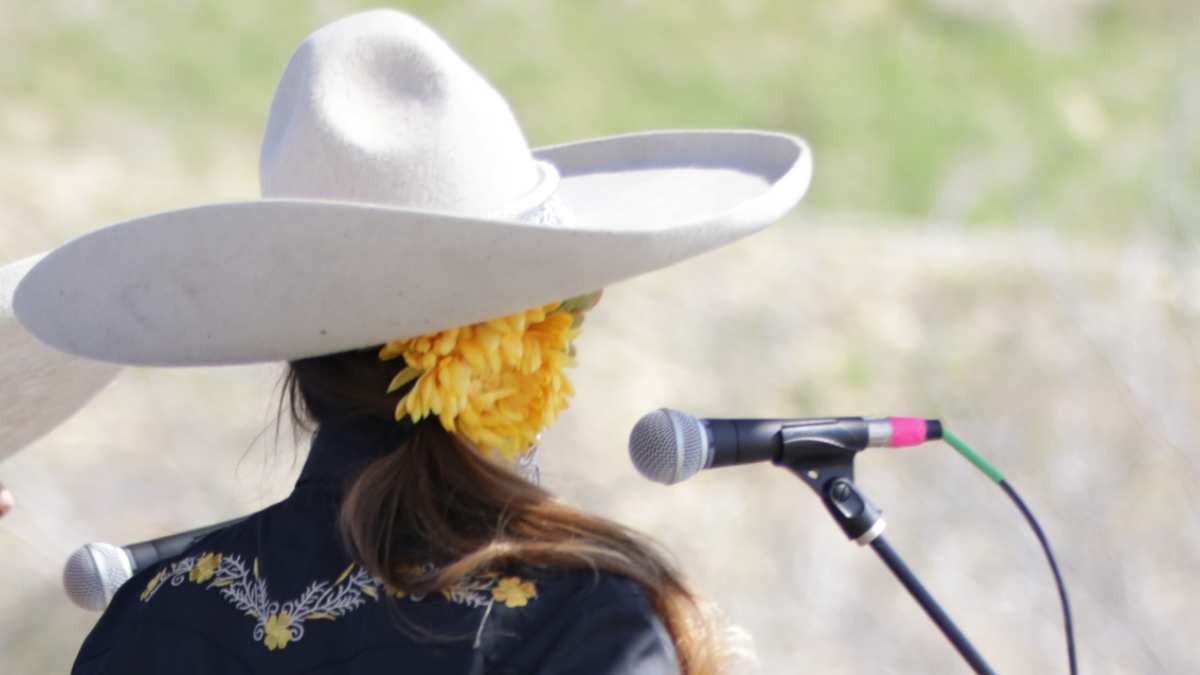Are winter blues really a medical condition? – Cleveland Jewish News

Anyone who’s lived in Northeast Ohio for a few years knows how little sunlight we traditionally get in the winter months.
Seasonal Affective Disorder is a real thing. It’s a documented medical condition that impacts some people, usually in the late fall and winter months.
Symptoms of SAD include depression, lack of energy, sleep disruption, carb cravings and feelings of hopelessness. The stress of the holidays can make it worse for some as well.
In Northeast Ohio, it’s well known our winters are pretty cloudy and it’s almost like a holiday when the sun decides to peek through. The exact cause of SAD is still being investigated, but the theory is the limited light in the fall and winter months may trigger a chemical reaction in people who may be susceptible.
“The person has a predominantly depressed mood, or loss of interest, and they will have some other physical symptoms like changes in appetite, changes in sleep patterns, the feeling of being physically slowed down or wound up, agitation, changes in concentration and often they’ll have feelings of excessive guilt, because they’re feeling down on themselves,” said Dawn Potter, a clinical psychologist at Cleveland Clinic.
Lack of sunlight may impact serotonin and melatonin and we know Northeast Ohioans are notoriously low in vitamin D, which can complicate other health issues. If you’re not sure of your levels, have them checked by your doctor.
Potter said younger people, between ages 18 and 30 as well as women are most at risk for developing SAD.
While SAD can happen even in the summer months, it seems about 10% of Americans deal with it mainly in the winter.
According to the National Institute of Mental Health, SAD can include symptoms of depression but in the winter months there may be some additional symptoms such as:
• Oversleeping (hypersomnia)
• Overeating, particularly with a craving for carbohydrates, leading to weight gain
• Social withdrawal (feeling like “hibernating”).
You can fight it by getting out in the natural light as much as possible. Even on those cloudy days, light exposure can help boost your mood.
It’s important to exercise so endorphin levels can go up too. After the holidays make sure you stay connected to family and friends and stay social. Watch your diet, eat more vegetables and fight the carb cravings.
If symptoms of SAD are affecting your daily life, such as impacting your relationships or your work, it’s time to talk to a mental health provider to learn coping strategies or in more serious cases, if medication is an option.
At the very least, light therapy using a specialized lamp is affordable and an easy option too. Potter said 15 to 30 minutes a day in front of the lamp may help boost your mood.
And remember since the winter solstice, we’re getting additional minutes of light each day. So, hang in there, Spring is right around the corner.
Monica Robins is the Senior Health Correspondent at 3News. The information provided in this column is for educational and informational purposes only. Always seek the advice of your physician or other qualified health care provider with any questions you may have regarding a medical condition or treatment and before undertaking a new health care regimen. Never disregard professional medical advice or delay in seeking it because of something you have read in this column or on our website.




